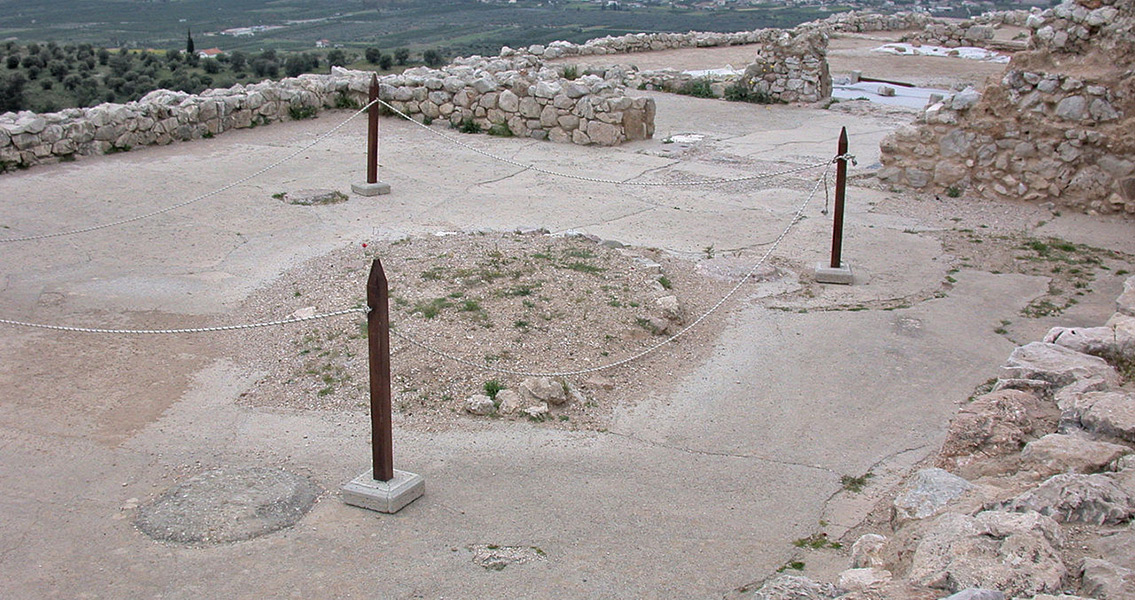<![CDATA[A Mycenaean palace dating back to the seventeenth or sixteenth century BCE has been uncovered at a site where archaeologists have been digging for six years. The site, Aghios Vassilios Hill in the region of Sparta, has so far yielded numerous artefacts from the Bronze Age, and the presence of a palatial complex was confirmed soon after excavation works began on architectural remains. It is only now, however, that the remains of the palace itself have been discovered. The palace was probably an administrative and political centre of the region and stood there for three or four centuries before a fire destroyed it. From what remains, the researchers could establish that it had ten rooms and was made of stone. In a statement cited by media, the Greek culture ministry said that the find sheds valuable light on the prehistoric period in Greece, especially the written artefacts discovered at the site. The excavation works are also likely to provide scientists with further information about the Mycenaean religion, language and palaeography. The writings mentioned in the official announcement of the ministry are an example of what is called Linear B, the script used by the Mycenaeans and the the oldest written language in Europe, according to the UPI. According to the Ancient History Encyclopaedia, archaeological discoveries have suggested the script was used between 1450 and 1100 BCE. What’s interesting is that the only evidence of this writing system, on clay tablets, has only been discovered at palatial sites, suggesting it was used only in administrative centres such as Mycenae, Knossos, Thebes, and Tiryns. The majority of the tablets found so far detail economic transactions conducted by the administrative bodies occupying the palatial centres, such as records of goods and people. The contents of the tablets found at the Aghios Vassilios Hill site refer to the production of perfume and cloth, writes the Greek Reporter website, industries both controlled by the palatial administration of Mycenae. The excavation site has also offered scientists a multitude of other artefacts. These range from bronze swords, fragments of wall paintings and ceramic and bronze vessels, to clay figures and seals. A double axe found at the site was seen as confirmation that Mycenae had contact with Crete, since this sort of weapon was characteristic of the Cretan culture. According to the archaeologists doing the excavations, the palatial complex on Aghios Vassilios Hill also included three other buildings but these were completely destroyed in a fire and never rebuilt. The Mycenaean civilisation thrived in the Bronze Age, more specifically between the fifteenth and thirteenth century BCE. It was heavily influenced by the earlier Minoan civilisation that originated in Knossos. Its political and cultural influence spread across mainland Greece and the Aegean. The reason for the demise of this civilisation is still unknown, says Greek philosophy scholar Mark Cartwright, but it could have been a natural disaster such as an earthquake. After this demise, it was a long time before another prominent culture, Classical Greece as we now know it, came on the scene. ]]>
Mycenaean Palace Unearthed In Greece
